tap to see full image
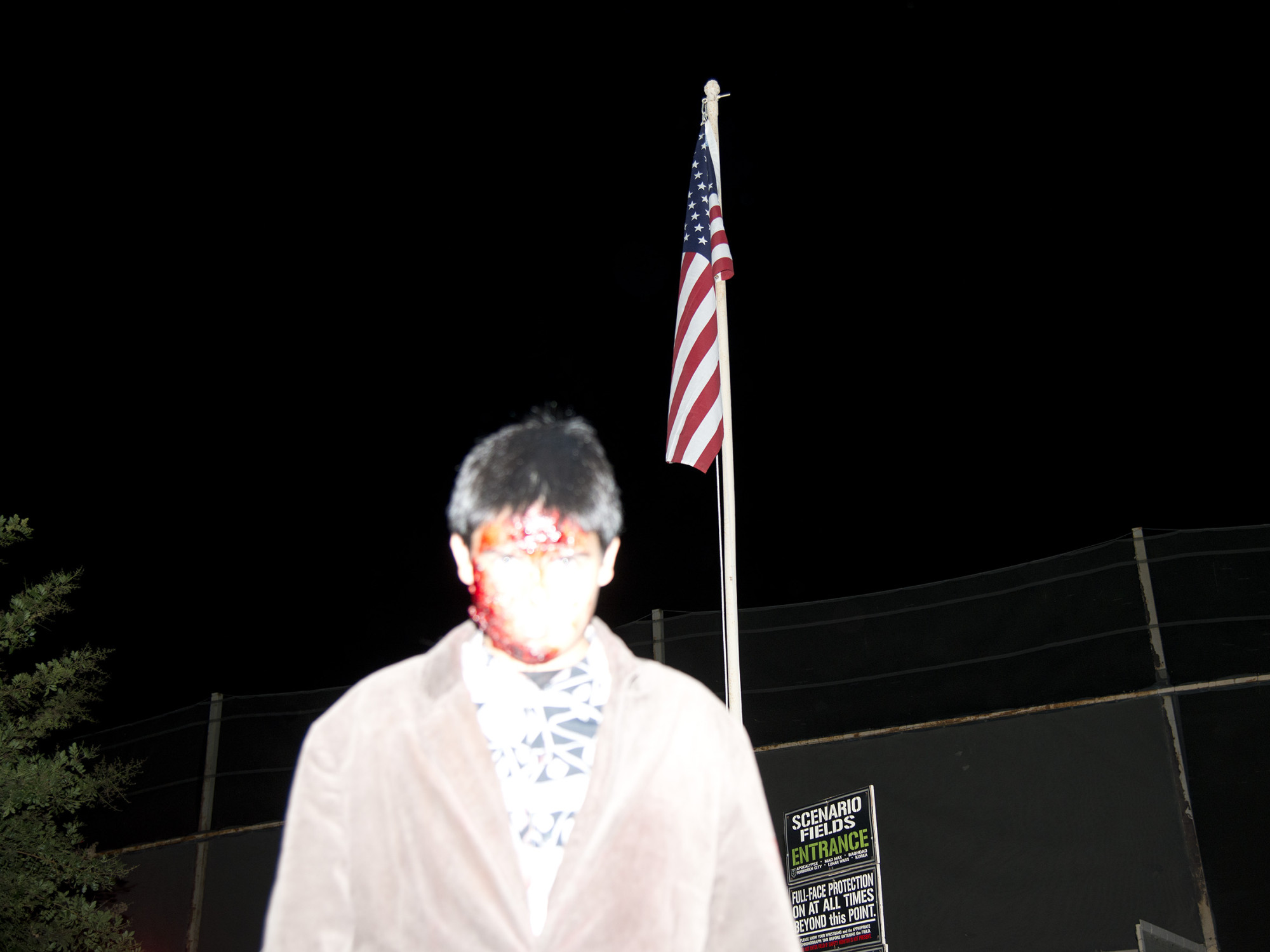

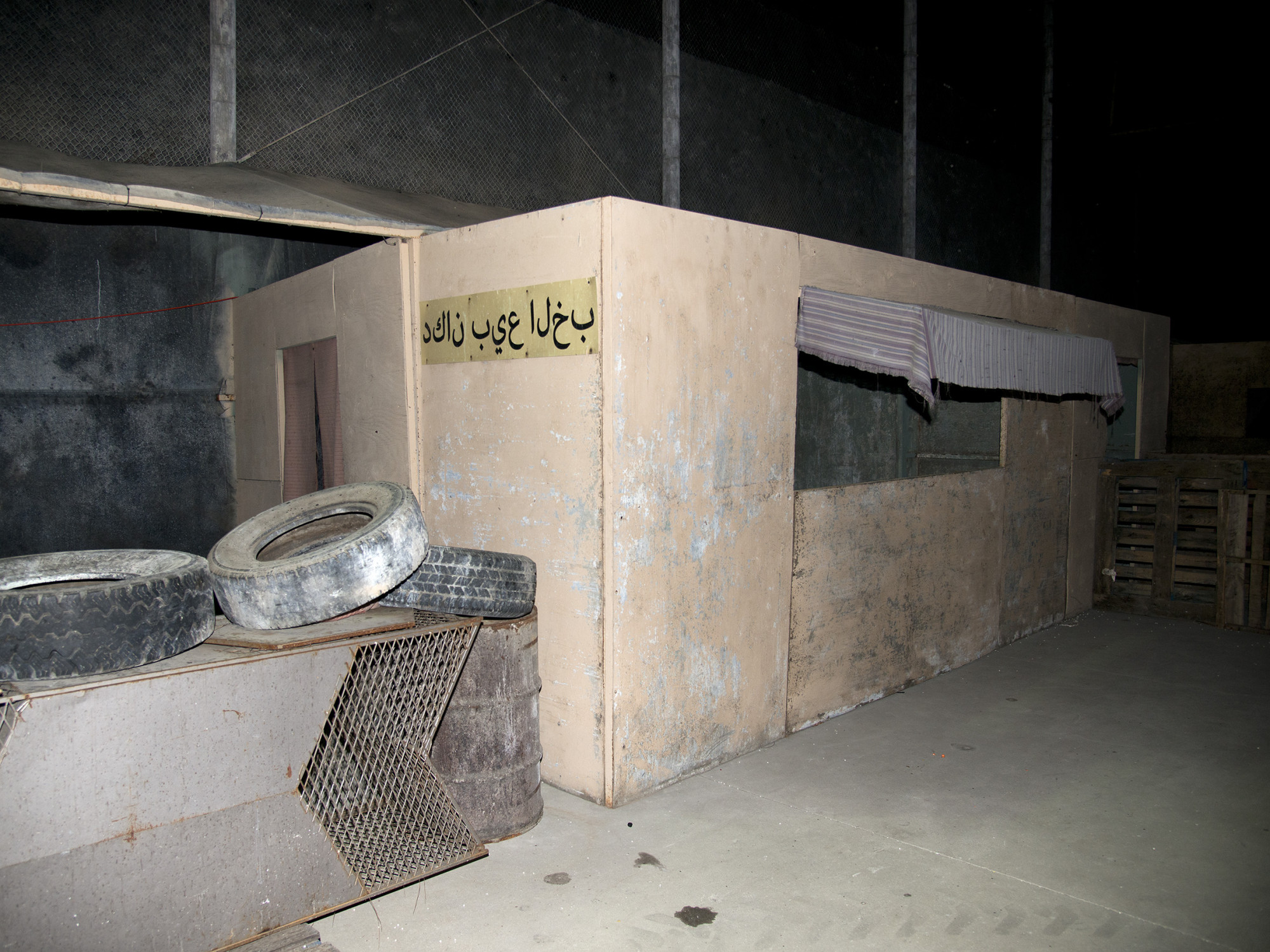

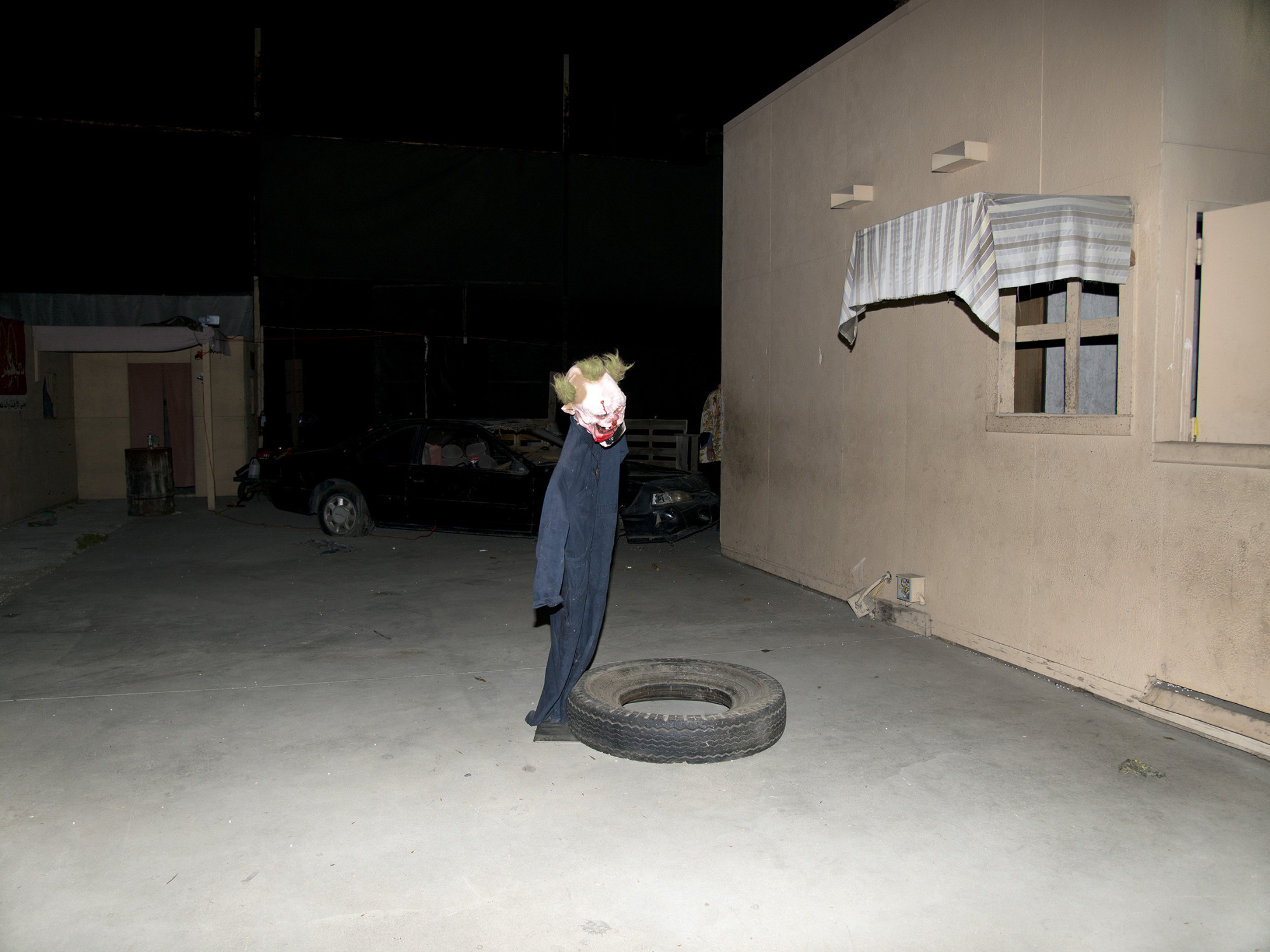

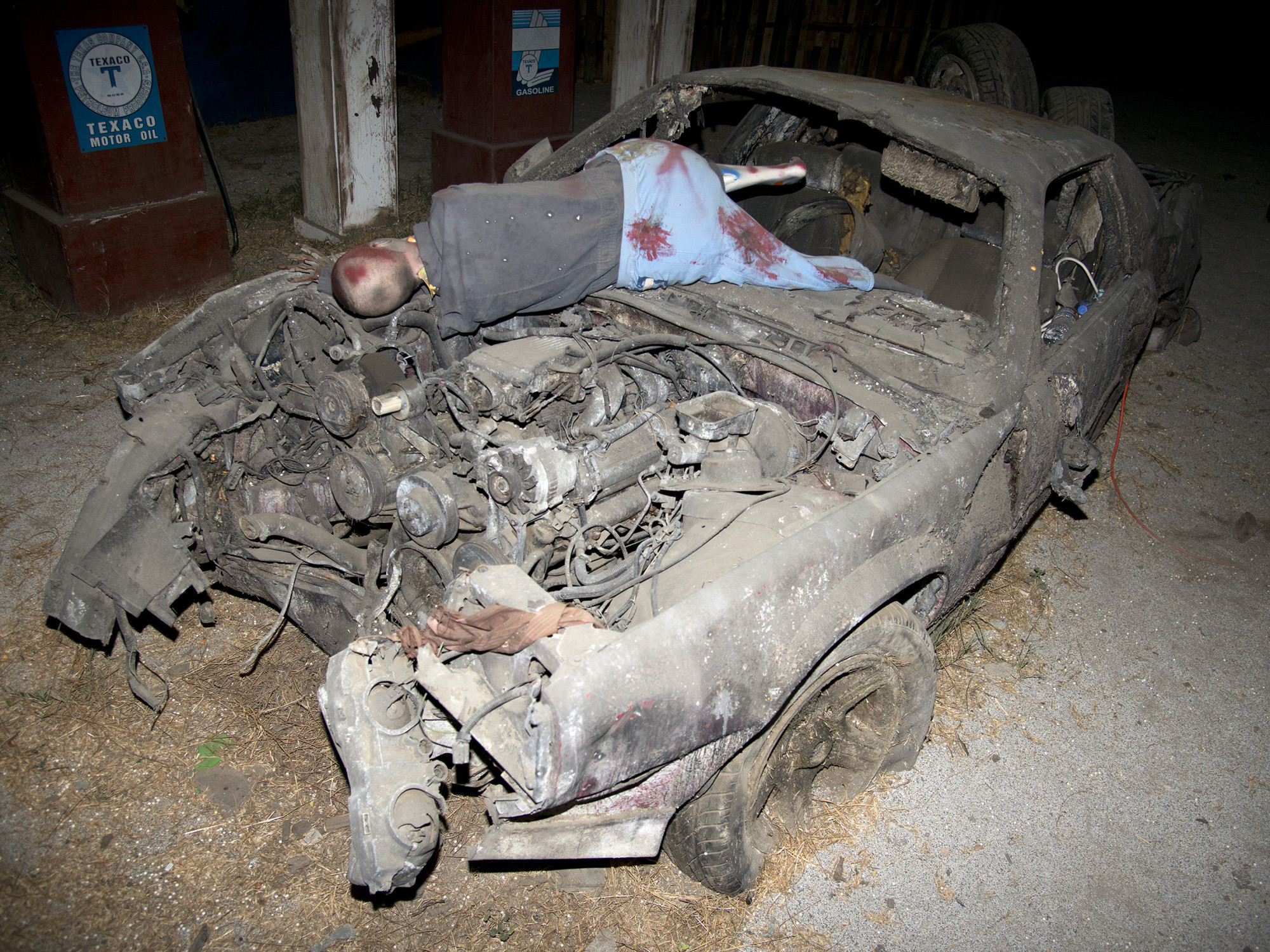

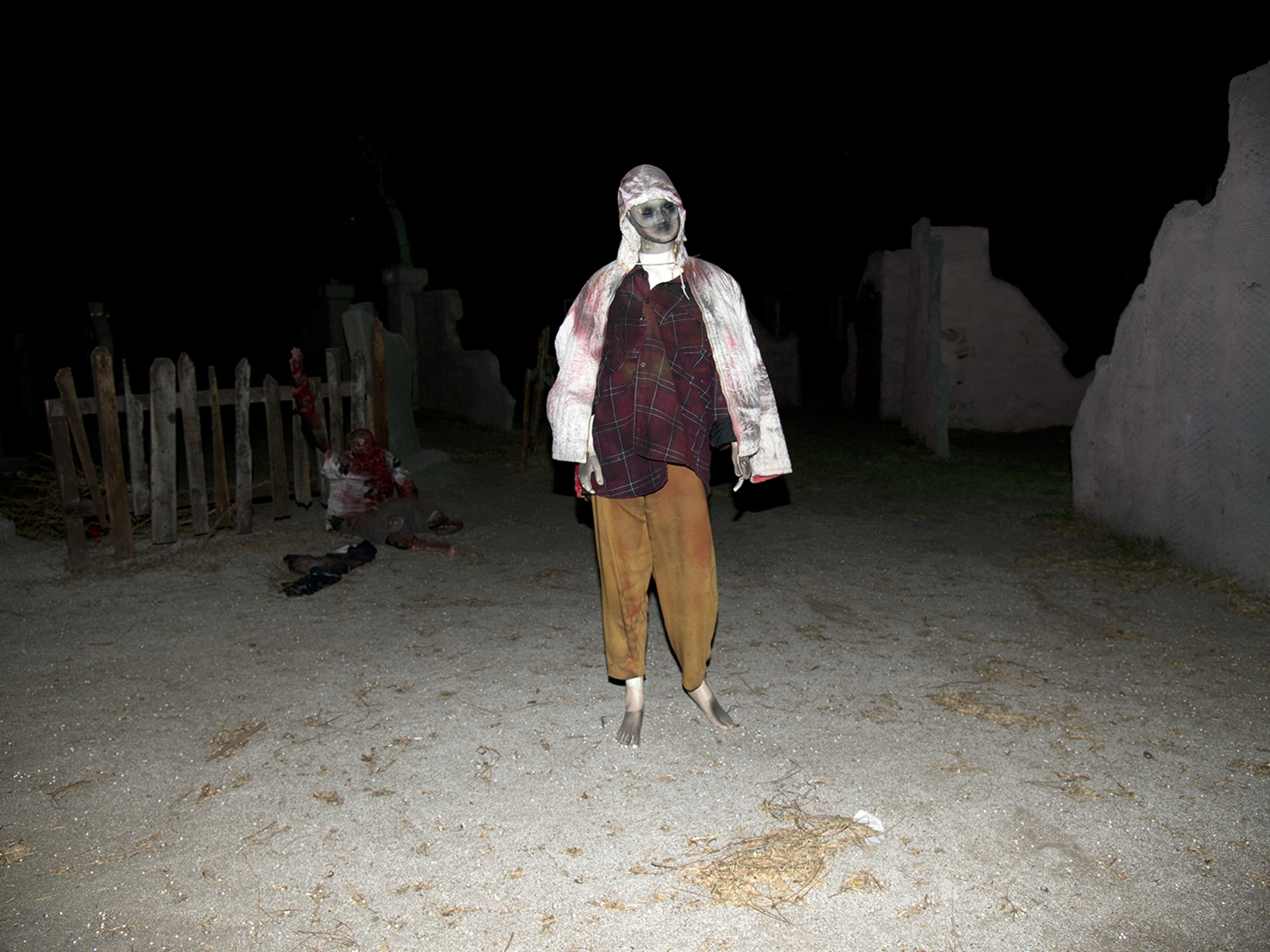

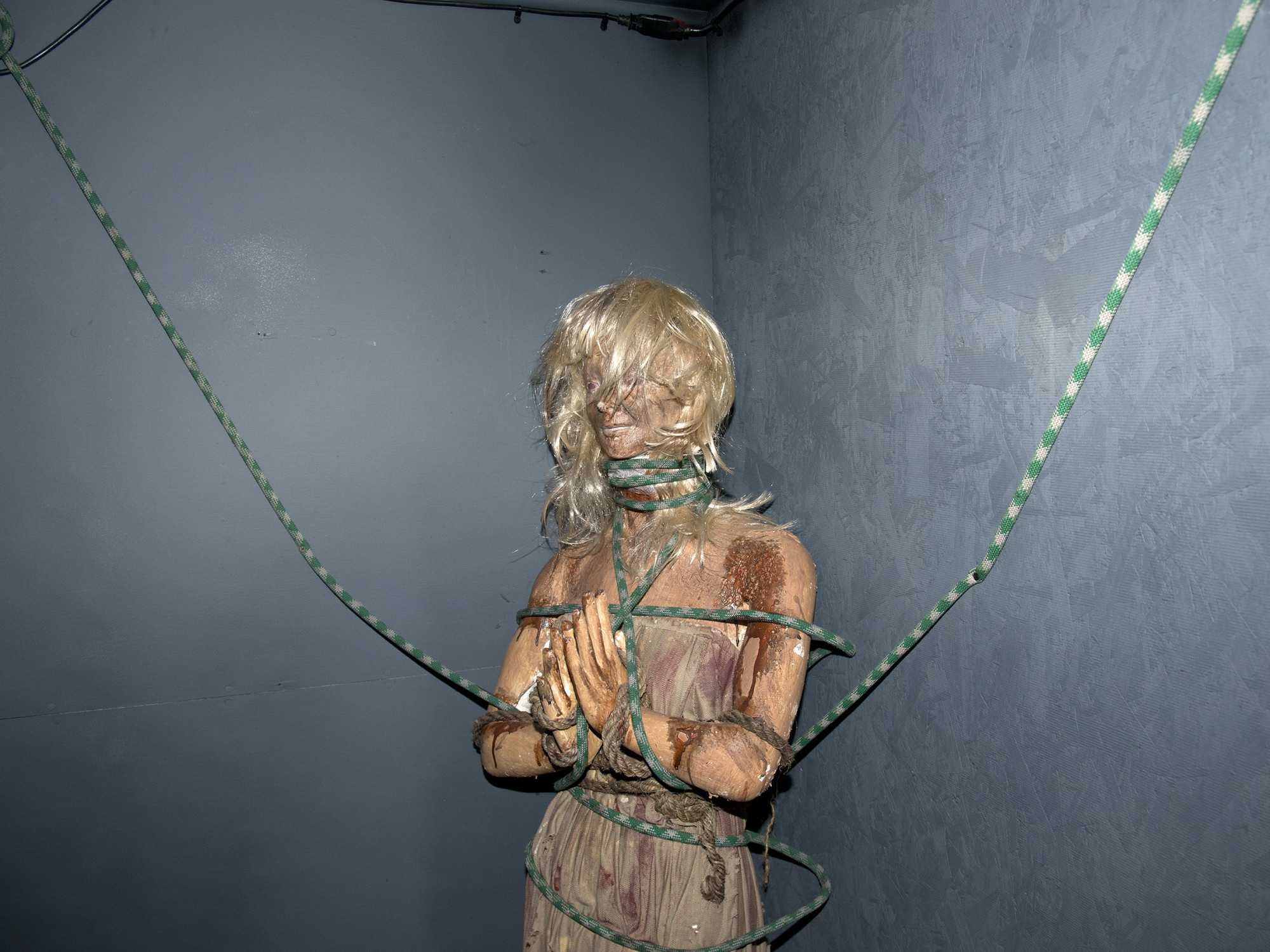

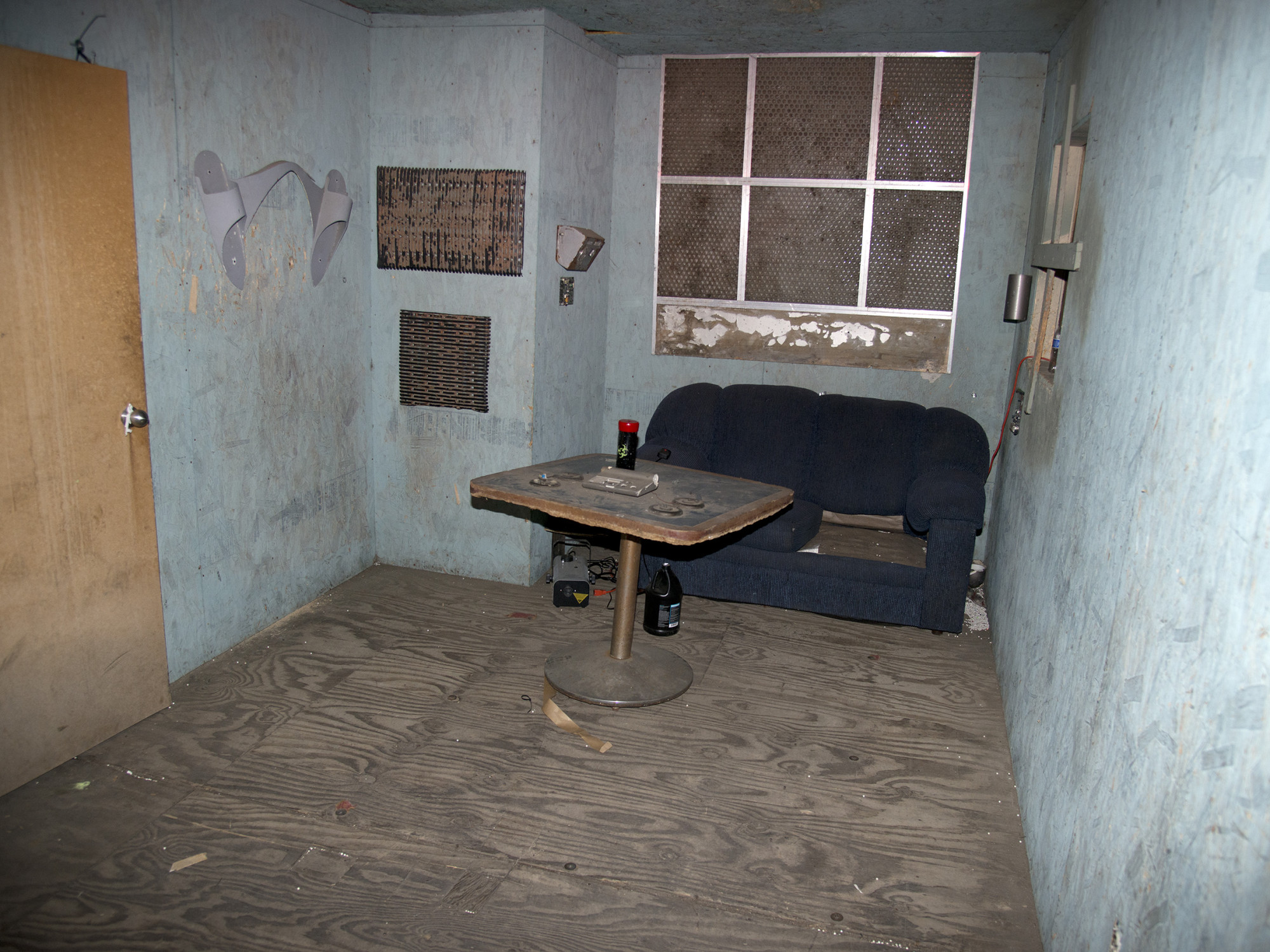

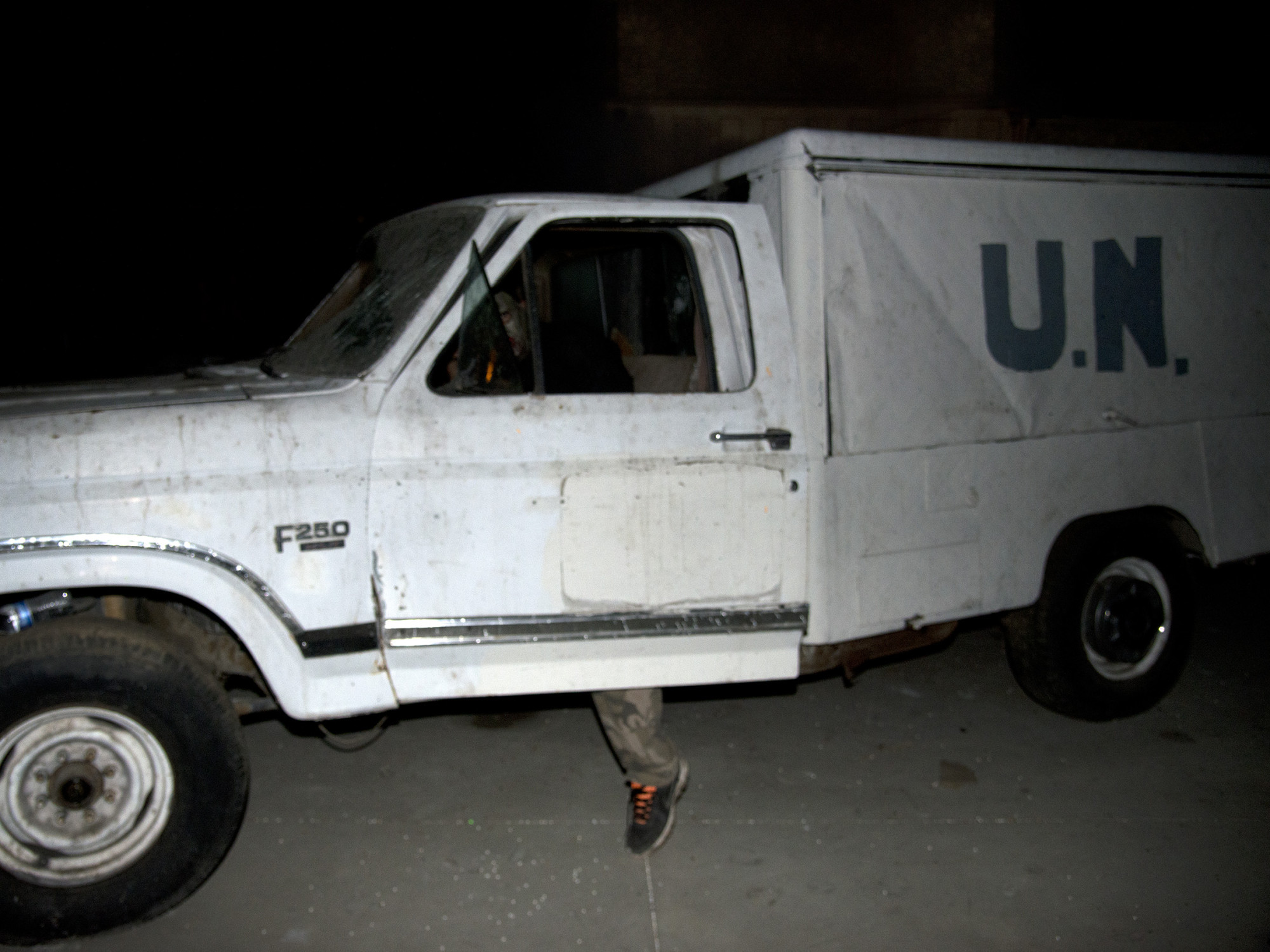

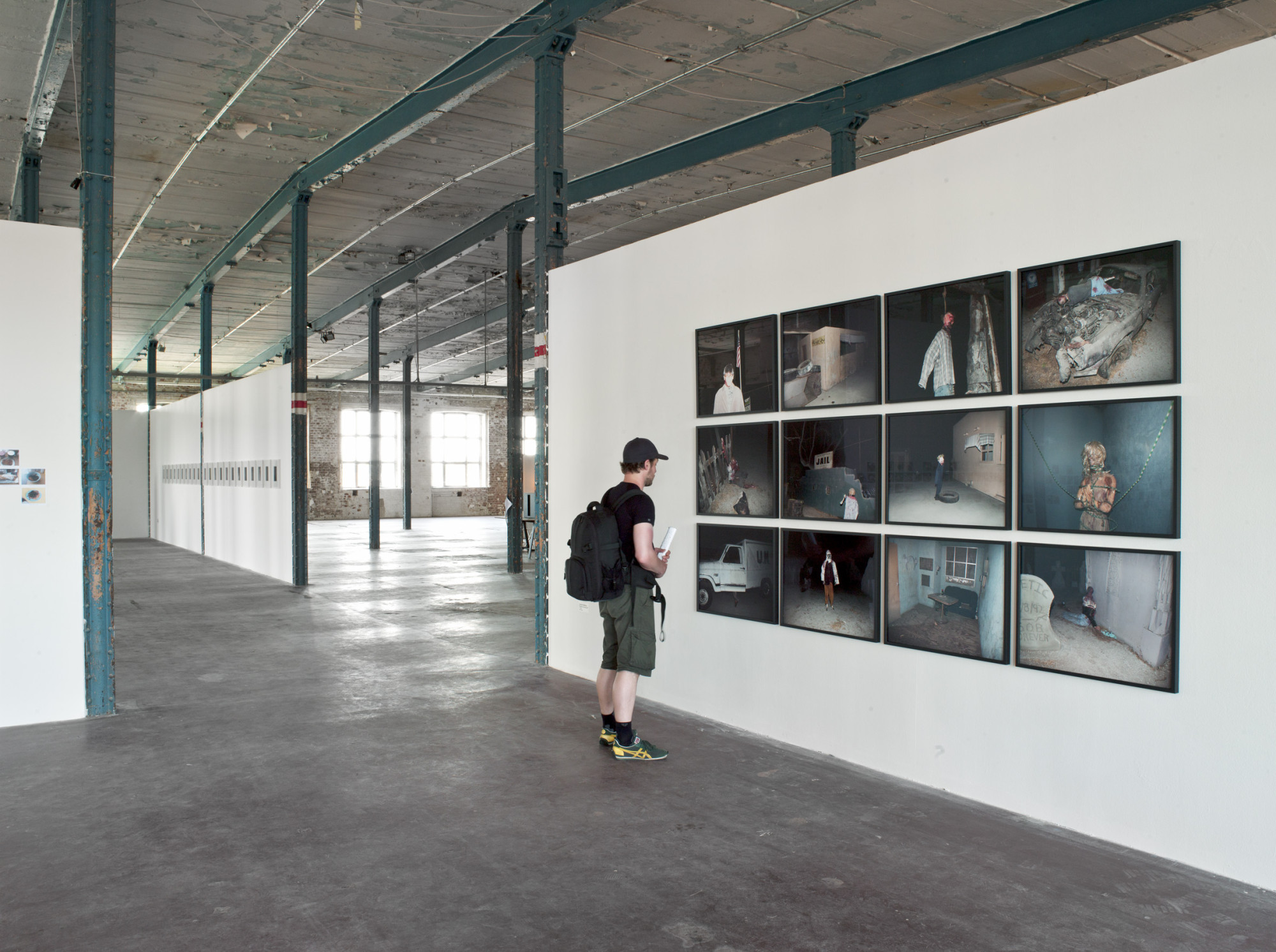

Joscha Steffens – PLAYGROUND OF THE UNDEAD
2014
In Simulacra and Simulation (1994, french original 1981), Jean Baudrillard writes about California: “People no longer look at each other, but there are institutes for that. They no longer touch each other, but there is contactotherapy. They no longer walk, but they go jogging, etc. Everywhere one recycles lost faculties, or lost bodies, or lost sociality, or the lost taste for food."
Following Baudrillard's observation, it seems plausible to assume that in our society of symbolic services, even the unimaginable mechanisms of war are given over to “recycling” and armed combat is simulated – over and beyond traditional war-games and training, which belong to war itself, not to civilian life.
Joscha Steffen’s photographs document exactly this development; they show so-called tactical sports- and playgrounds in southern California on which one can fight with airguns from the age of ten and upwards.
In the weeks leading up to Halloween, these battle-playgrounds witness the construction of scenarios explicitly alluding to real places, which suggest to the participants that they are in Mogadishu, Baghdad, or other, indefinite Arabic towns. In combination with motives from cinematic Hollywood adaptations such as Saving Private Ryan, Black Hawk Down or Lone Survivor, fictional worlds emerge in which the players can not only fight the Taliban, Nazis or Vietcong, but against the undead, against zombies in this case. Thus the "players" encounter anonymous and absolute "others" in their fights. As recreational warriors they face down the ultimate "otherness", while references to real theatres of war are interwoven with these fantasies in a completely arbitrary manner. Arabic lettering on the walls, an American prison, abandoned houses and a UN vehicle: this crude mix acting as a backdrop for fighting zombies is documented in detail by Joscha Steffens. It becomes clear how and to what extent motives distributed by mass media are invoked, which let the players forget rather too quickly that the locations and events being alluded to are by no means mere ciphers for wars, conflicts and the "other", but very real environments for the people living there.
Steffen's photographs clearly show without moralizing that the places depicted in these scenarios only simulate something, drawing on symbols and motifs which ultimately have no relation to reality: one is not in a country where war is raging, but on a playing field in Southern California and thus – appropriately – in immediate neighborhood to Disneyland, this hyperreal world which creates sceneries in a way very similar to the mock battlegrounds, in order to celebrate the American Dream and peaceful existence. - Konstantin Butz (text originally published in German at KHM Journal #1, Elend & Euphorie, ISSN 2199-9406)